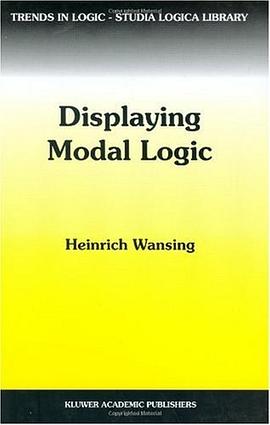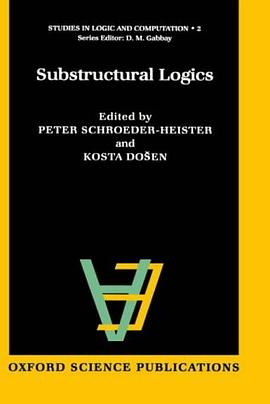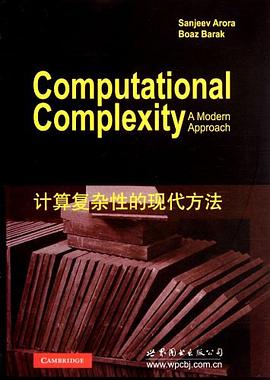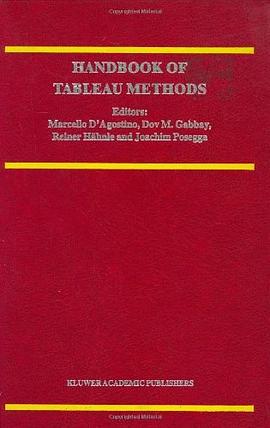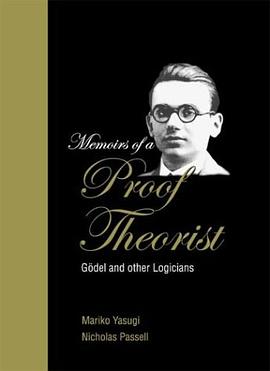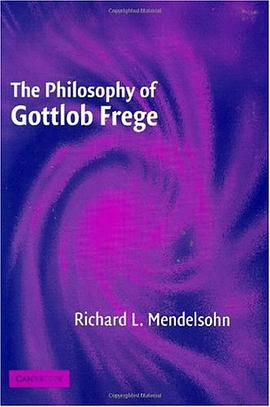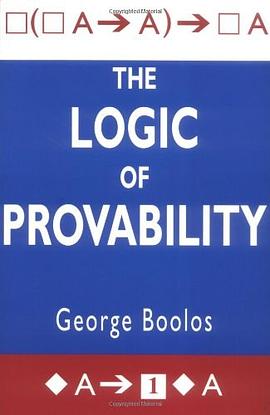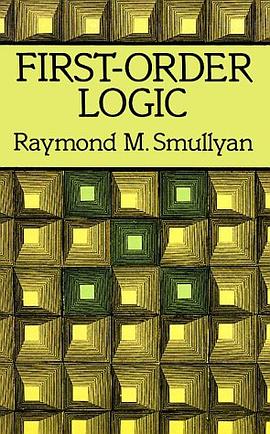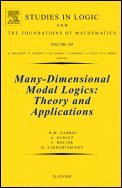

Modal logics, originally conceived in philosophy, have recently found many applications in computer science, artificial intelligence, the foundations of mathematics, linguistics and other disciplines. Celebrated for their good computational behaviour, modal logics are used as effective formalisms for talking about time, space, knowledge, beliefs, actions, obligations, provability, etc. However, the nice computational properties can drastically change if we combine some of these formalisms into a many-dimensional system, say, to reason about knowledge bases developing in time or moving objects.
To study the computational behaviour of many-dimensional modal logics is the main aim of this book. On the one hand, it is concerned with providing a solid mathematical foundation for this discipline, while on the other hand, it shows that many seemingly different applied many-dimensional systems (e.g., multi-agent systems, description logics with epistemic, temporal and dynamic operators, spatio-temporal logics, etc.) fit in perfectly with this theoretical framework, and so their computational behaviour can be analyzed using the developed machinery.
We start with concrete examples of applied one- and many-dimensional modal logics such as temporal, epistemic, dynamic, description, spatial logics, and various combinations of these. Then we develop a mathematical theory for handling a spectrum of 'abstract' combinations of modal logics - fusions and products of modal logics, fragments of first-order modal and temporal logics - focusing on three major problems: decidability, axiomatizability, and computational complexity. Besides the standard methods of modal logic, the technical toolkit includes the method of quasimodels, mosaics, tilings, reductions to monadic second-order logic, algebraic logic techniques. Finally, we apply the developed machinery and obtained results to three case studies from the field of knowledge representation and reasoning: temporal epistemic logics for reasoning about multi-agent systems, modalized description logics for dynamic ontologies, and spatio-temporal logics.
The genre of the book can be defined as a research monograph. It brings the reader to the front line of current research in the field by showing both recent achievements and directions of future investigations (in particular, multiple open problems). On the other hand, well-known results from modal and first-order logic are formulated without proofs and supplied with references to accessible sources.
The intended audience of this book is logicians as well as those researchers who use logic in computer science and artificial intelligence. More specific application areas are, e.g., knowledge representation and reasoning, in particular, terminological, temporal and spatial reasoning, or reasoning about agents. And we also believe that researchers from certain other disciplines, say, temporal and spatial databases or geographical information systems, will benefit from this book as well.
Key Features:
• Integrated approach to modern modal and temporal logics and their applications in artificial intelligence and computer science
• Written by internationally leading researchers in the field of pure and applied logic
• Combines mathematical theory of modal logic and applications in artificial intelligence and computer science
• Numerous open problems for further research
• Well illustrated with pictures and tables
Audience
Logicians. Logicians in Computer Science (reseachers and students). Researchers and students in knowledge representation and reasoning.
Contents
I Introduction
1 Modal logic basics
1.1 Modal axiomatic systems
1.2 Possible world semantics
1.3 Classical first-order logic and the standard translation
1.4 Multimodal logics
1.5 Algebraic semantics
1.6 Decision, complexity and axiomatizability problems
2 Applied modal logic
2.1 Temporal logic
2.2 Interval temporal logic
2.3 Epistemic logic
2.4 Dynamic logic
2.5 Description logic
2.6 Spatial logic
2.7 Intuitionistic logic
2.8 'Model level' reductions between logics
3 Many-dimensional modal logics
3.1 Fusions
3.2 Spatio-temporal logics
3.3 Products
3.4 Temporal epistemic logics
3.5 Classical first-order logic as a propositional multimodal logic
3.6 First-order modal logics
3.7 First-order temporal logics
3.8 Description logics with modal operators
3.9 HS as a two-dimensional logic
3.10 Modal transition logics
3.11 Intuitionistic modal logics
II Fusions and products
4 Fusions of modal logics
4.1 Preserving Kripke completeness and the finite model property
4.2 Algebraic preliminaries
4.3 Preserving decidability of global consequence
4.4 Preserving decidability
4.5 Preserving interpolation
4.6 On the computational complexity of fusions
5 Products of modal logics: introduction
5.1 Axiomatizing products
5.2 Proving decidability with quasimodels
5.3 The finite model property
5.4 Proving undecidability
5.5 Proving complexity with tilings
6 Decidable products
6.1 Warming up: Kn x Km
6.2 CPDL x K_m
6.3 Products of epistemic logics with Km
6.4 Products of temporal logics with Km
6.5 Products with S5
6.6 Products with multimodal S5
7 Undecidable products
7.1 Products of linear orders with infinite ascending chains
7.2 Products of linear orders with infinite descending chains
7.3 Products of Dedekind complete linear orders
7.4 Products of finite linear orders
7.5 More undecidable products
8 Higher-dimensional products
8.1 S5 x S5 x ... x S5
8.2 Products between K4 x K4 x ... x K4 and S5 x S5 x ... x S5
8.3 Products with the fmp
8.4 Between K x K x ... x K and S5 x S5 x ... x S5
8.5 Finitely axiomatizable and decidable products
9 Variations on products
9.1 Relativized products
9.2 Valuation restrictions
10 Intuitionistic modal logics
10.1 Intuitionistic modal logics with Box
10.2 Intuitionistic modal logics with Box and Diamond
10.3 The finite model property
III First-order modal logics
11 Fragments of first-order temporal logics
11.1 Undecidable fragments
11.2 Monodic formulas, decidable fragments
11.3 Embedding into monadic second-order theories
11.4 Complexity of decidable fragments of QLogSU(N)
11.5 Satisfiability in models over (N,<) with finite domains
11.6 Satisfiability in models over (R,<) with finite domains
11.7 Axiomatizing monodic fragments
11.8 Monodicity and equality
12 Fragments of first-order dynamic and epistemic logics
12.1 Decision problems
12.2 Axiomatizing monodic fragments
IV Applications to knowledge representation
13 Temporal epistemic logics
13.1 Synchronous systems
13.2 Agents who know the time and neither forget nor learn
14 Modal description logics
14.1 Concept satisfiability
14.2 General formula satisfiability
14.3 Restricted formula satisfiability
14.4 Satisfiability in models with finite domains
15 Tableaux for modal description logics
15.1 Tableaux for ALC
15.2 Tableaux for K(ALC) with constant domains
15.3 Adding expressive power to K(ALC)
16 Spatio-temporal logics
16.1 Modal formalisms for spatio-temporal reasoning
16.2 Embedding spatio-temporal logics in first-order temporal logic
16.3 Complexity of spatio-temporal logics
16.4 Models based on Euclidean spaces
Epilogue. Bibliography. List of tables. List of languages and logics. Symbol index. Subject index.
具体描述
读后感
用户评价
相关图书
本站所有内容均为互联网搜索引擎提供的公开搜索信息,本站不存储任何数据与内容,任何内容与数据均与本站无关,如有需要请联系相关搜索引擎包括但不限于百度,google,bing,sogou 等
© 2025 onlinetoolsland.com All Rights Reserved. 本本书屋 版权所有

